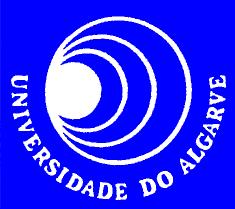
Comments: download file (pdf
)
Ref.: PhD Thesis, University of Algarve, December 2012
Abstract:
Vector sensors began to emerge in 1980s as potential competitors to omni directional pressure driven hydrophones,
while their practical usage in underwater applications started in the last two decades. The crucial advantage
of vector sensors relative to hydrophones is that they are able to record both the omni-directional pressure and
the three vectorial components of the particle velocity. A claimed advantage of vector sensors over hydrophones is
the quantity of information obtained from a single point spatial device, which potentially allows for high performance
small aperture Vector Sensor Arrays (VSA). The capabilities of such small aperture VSA have captured the attention
for their usage in high-frequency applications. The main contribution of this work is the understanding of the gain
provided by vector sensors over hydrophones whenever ocean environmental parameter estimation is concerned. In a
first step a particle velocity-pressure joint data model is proposed and an extended VSA-based Bartlett estimator
is derived. This data model and estimator, initially developed for estimating direction of arrival, are generalized
for ocean parameter estimation, assuming a particle velocity capable physical model - the TRACEO model. The highlighted
capabilities of the VSA are first demonstrated for angle of arrival estimation, where a variety of spatial configurations
of hydrophone arrays are compared to that of a vertical VSA. A vertical VSA array configuration is then used for
estimating geoacoustic bottom properties from short range acoustic data, using two VSA-based techniques: the
generalized Bartlett estimator and the reflection coefficient estimator proposed by Harrison et al.. The proposed
techniques where tested on experimental VSA data recorded in shallow water area off the Island of Kauai (Hawaii)
during the MakaiEx 2005 experiment. The obtained results are comparable between techniques and in line with the
expected values for that region. These results suggest that it is indeed possible to obtain reliable seabed geoacoustic
properties' estimates in a frequency band of 8-14 kHz using a small aperture VSA with only a few sensors.
Keywords: Vector sensor, Array processing, Matched-field processing, High-frequency tomography,
Geoacoustic inversion, Underwater acoustics.